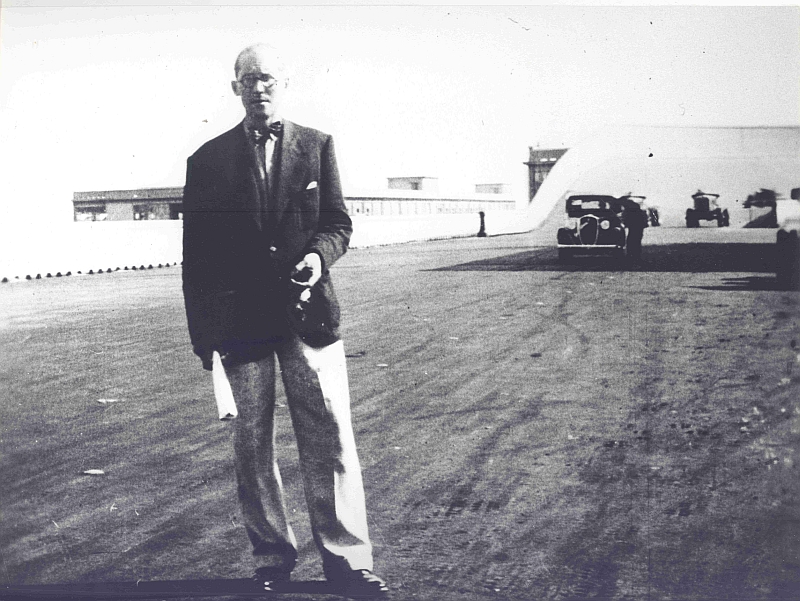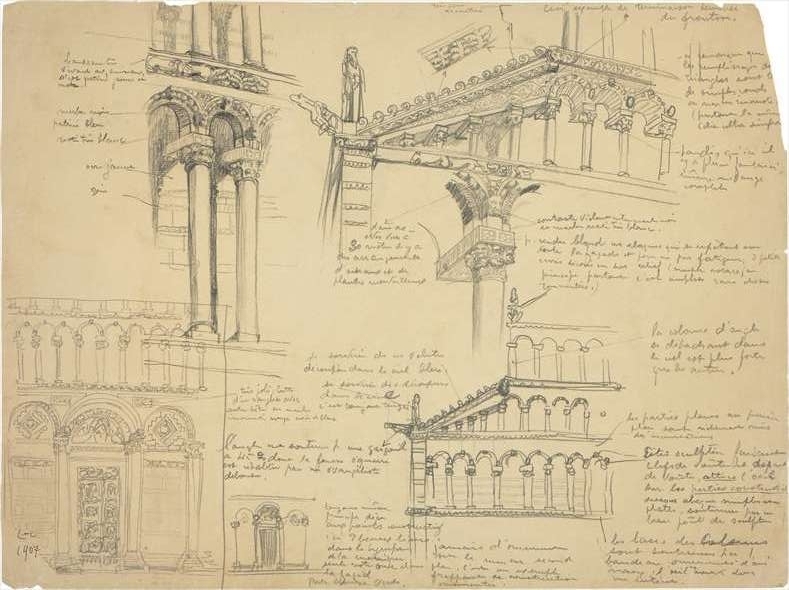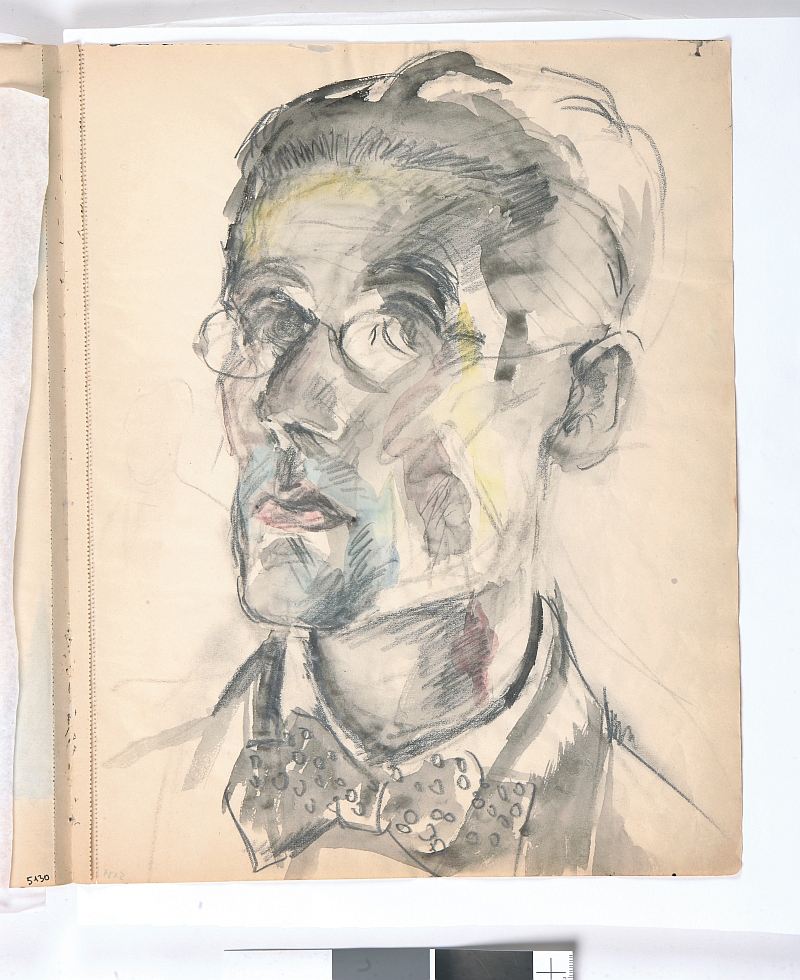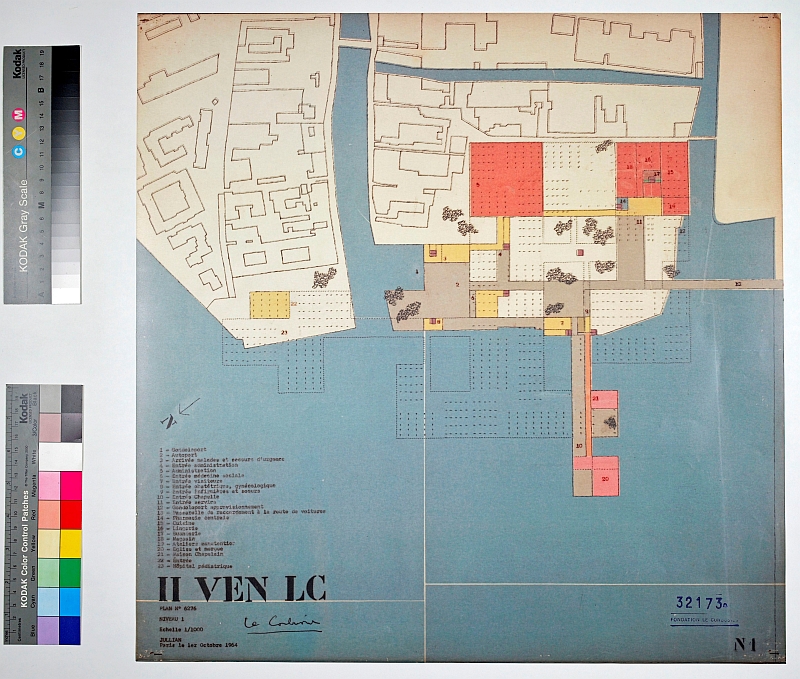As more loyal readers will be aware we like nothing more than attempting to undermine Italy's claim to be the cradle of contemporary European architecture and design.
It's all show and deliberate misinformation being our war cry.
And so the exhibition L'Italia di Le Corbusier currently showing at the MAXXI in Rome is not the sort of show we really want to see presented.
Because it seems to imply that Italy played a significant role in both the development of the young Le Corbusier's understanding of architecture and then as a reference point for him throughout his career.
Which could all undermine many of our arguments.....

Although for many Le Corbusier's only substantial link with Italy is the licensing of his furniture designs to Cassina; Charles-Edouard Jeanneret's relationship with Italy begins in 1907 when as a 20 year old he made his first trip over the Swiss-Italian border and his ties with Italy were to remain strong right up until his death in 1965.
L'Italia di Le Corbusier provides an insight into the relationship between Le Corbusier and Italy and in doing so explores how the the land was to influence Le Corbusier and his work.
Or at least that's the professed aim of the exhibition.
We've not seen it, and so can't say if it does or doesn't
But it certainly sounds as if it should.
Presenting some 320 documents and 300 photographs L'Italia di Le Corbusier doesn't just concentrate on Le Corbusier the architect but also covers his photography, painting, writing, sculpture etc... and so promises both a view of a Le Corbusier that most people don't know and a rare chance to review his complete oeuvre.
Split into four chronologic and thematic sections L'Italia di Le Corbusier begins with his early study trips to Italy, including photographs and architectural drawings taken and made in Pompeii and his watercolours of Venice and Pisa.
The following sections explore his artistic pursuits in the early 1920s, including his establishing of the magazine L’Esprit Nouveau - in the first edition of which Charles-Edouard Jeanneret became Le Corbusier - and his contact and communication with Italian Rationalist architects during the 1930s. A particular highlight for us here is documentation of Le Corbusier's friendly approaches to Mussolini in the context of trying to win the commission for the new town of Pontinia.
L'Italia di Le Corbusier closes with a look at Le Corbusier's post war work in Italy ending with his last two Italian projects, neither of which was ever realised but both of which are quintessential "late Le Corbusier", the Olivetti Electronic Calculation Centre in Rho and a hospital in Venice.

As we say we've not yet seen the exhibition and, despite our fears that it may cause us one or the other problem in our campaign against Italy, as an exhibition it is certainly very appealing.
What especially appeals to us is the country focus. Something about diving into the relationship between a man such a Le Corbusier and one country fascinates us.
The history of architecture and design is awash with close links between individuals and lands other than that of their birth. Yet the nature and influence of these relationships are all too often reduced to footnotes or accepted facts in the posthumous biographies and monographs.
L'Italia di Le Corbusier is a rare chance to explore one such relationship in more detail.
That and the chance to escape the north European winter for a few days Roman sun...
L'Italia di Le Corbusier can be viewed until February 17th 2013 at at MAXXI Rome. Full details can be found at www.fondazionemaxxi.it

